The National Liberation Army (ELN), originally formed in the 1960s in Colombia as a leftist guerrilla group led by university students, was inspired by the Cuban Revolution. Emerging in the aftermath of a period of intense political violence, known as “La Violencia,” the ELN presented itself as an alternative to the fragmented political order. The group quickly gained popularity and became the second-largest and most important guerrilla organization after the Revolutionary Armed Forces of Colombia (FARC).
Unlike the ELN, FARC was a predominantly rural guerrilla group, focusing on agrarian reform and social rights. Up until the 2016 peace agreement between FARC and the Colombian government, FARC remained steadfastly devoted to communist ideology with the ultimate goal of overthrowing the Colombian government and establishing a communist-agrarian state. This differs significantly from the ELN, which despite originally forming as a result of leftist ideology, has diversified its viewpoints over time.
Evolution of the ELN
The early days of the ELN were heavily influenced by Marxist-Leninist ideology, particularly Foco theory, created by the Argentine-Cuban Marxist revolutionary Che Guevara. The theory depended on guerrilla centers to spark revolutionary sentiment, as well as liberation theology presented to the group by radical priests. By 1965, the ELN had published the “Simacoto Manifesto,” outlining their goals.
The ELN continued to rely on Foco theory, which is rooted in the experiences of several of its leaders, including Fabio Vásquez Castaño, one of the founders of the ELN. The ELN began to stray from its original ideology in the 1980s and 1990s. As the group reached its peak of nearly 5,000 fighters, it began expanding into new geographical territories beyond its original municipality of San Vicente de Chucurí, not only throughout Colombia but also into Venezuela.
New territorial control meant that the group could no longer rely on outside funding for support, at which point it began engaging in drug trafficking, extortion and kidnapping to finance its operations. Major attacks targeted government infrastructure, particularly in the energy sector, as ELN became increasingly frustrated with the Colombian government’s decision to sell its natural resources to foreign companies. Despite significant efforts by the Colombian government to strike a deal, the 2016 Peace Agreement excluded the ELN.
Instead, the ELN used this as an opportunity to expand its operations into former FARC territories. Coinciding with this rise is the ELN’s presence in Venezuela, where the group allegedly controls upwards of 40 municipalities. Both the Hugo Chávez and Nicolás Maduro administrations have allegedly offered the ELN various forms of backing — ranging from economic aid to political and military support. In return, the ELN has provided combatants for government-backed militant activities and pledged loyalty to both Venezuelan regimes, signaling the emergence of a new kind of mercenary force.
Is the ELN a Mercenary Force?
To assess whether the ELN qualifies as a mercenary force under international law, it is necessary to examine the group against the six cumulative criteria outlined in Article 47(2) of Additional Protocol I to the Geneva Conventions. Part III of the Additional Protocol defines a mercenary as:
Any person who: (1) is specially recruited locally or abroad in order to fight in an armed conflict; (2) does in fact take a direct part in the hostilities; (c) is motivated to take part in hostilities essentially for private gain and, in fact, is promised, by or on behalf of a Party to the conflict, material compensation substantially in excess of that promised or paid to combatants of similar ranks and functions in the armed forces of that Party; (d) is neither a national of a Party to the conflict nor a resident of territory controlled by a Party to the conflict; (e) is not a member of the armed forces of a Party to the conflict; and (f) has not been sent by a State which is not a Party to the conflict on official duty as a member of its armed forces.
Despite the ELN’s initial ideology-driven recruitment efforts, recent intelligence reports indicate the Venezuelan government contracted the group to carry out violent missions on its behalf — including operations against Colombian state forces and rival armed groups such as FARC dissidents. This would arguably satisfy the first and second requirements of the definition of a mercenary, as this would involve recruitment for an armed conflict taking place in Colombia and would involve the ELN’s direct participation in hostilities.
Furthermore, the ELN would noticeably satisfy the third requirement, given that the motivation for involvement in hostilities has in recent years shifted from donations to support the mission to donations for criminal activities. The ELN’s control of lucrative drug trafficking routes and high-producing coca cultivation zones near the border with Venezuela means it can offer significantly higher salaries to its members than they would receive in the armed forces.
Moreover, to satisfy the fourth requirement, members must neither be nationals of a party to the conflict nor residents of territory controlled by such a party. This poses a challenge, as many ELN members are Colombian nationals and reside in Colombia, a party to the conflict. However, evidence suggests that some foreign fighters and actors with external affiliations are involved, further complicating the classification.
The fifth requirement includes demonstrating that members are not a part of the armed forces of a party to the conflict. In this respect, the ELN clearly meets the criteria. Lastly, the ELN must not have been sent by a non-party State on official duty as members of its armed forces. This criterion also appears to be satisfied, as any involvement by other States — such as Venezuela — seems to involve the ELN acting more as a proxy or non-state contractor, rather than as a formal member of that State’s armed forces.
The Future of the ELN
While the ELN may not meet all six legal criteria to be classified as a mercenary force under international law, there is a compelling argument that elements of the group now function as de facto mercenaries, serving the strategic and economic interests of external actors such as the Venezuelan state and transnational criminal networks.
It is reported that Mexican cartels like Sinaloa and the Jalisco New Generation Cartel (CJNG) have developed partnerships with the ELN to control the flow of illicit substances throughout Latin America and beyond. Similarly, the Russian mafia has been developing ties with Venezuela and the ELN, providing rifles and ammunition.
These external actors contribute to the permissive environment in which the ELN operates, enabling the group to pursue the strategic and economic interests of foreign stakeholders rather than its original ideological objectives. This blurring of state and non-state interests carries significant implications for regional stability and the future of the ELN.
[Zania Morgan edited this piece.]
The views expressed in this article are the author’s own and do not necessarily reflect Fair Observer’s editorial policy.
Support Fair Observer
We rely on your support for our independence, diversity and quality.
For more than 10 years, Fair Observer has been free, fair and independent. No billionaire owns us, no advertisers control us. We are a reader-supported nonprofit. Unlike many other publications, we keep our content free for readers regardless of where they live or whether they can afford to pay. We have no paywalls and no ads.
In the post-truth era of fake news, echo chambers and filter bubbles, we publish a plurality of perspectives from around the world. Anyone can publish with us, but everyone goes through a rigorous editorial process. So, you get fact-checked, well-reasoned content instead of noise.
We publish 3,000+ voices from 90+ countries. We also conduct education and training programs
on subjects ranging from digital media and journalism to writing and critical thinking. This
doesn’t come cheap. Servers, editors, trainers and web developers cost
money.
Please consider supporting us on a regular basis as a recurring donor or a
sustaining member.
Will you support FO’s journalism?
We rely on your support for our independence, diversity and quality.


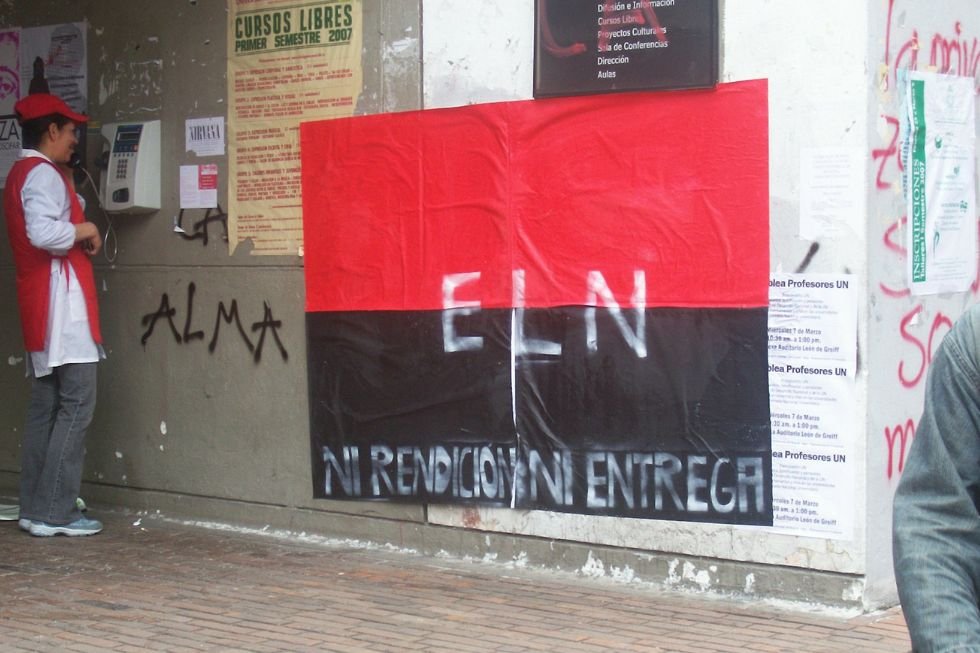
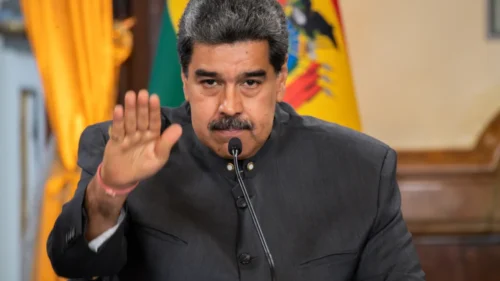
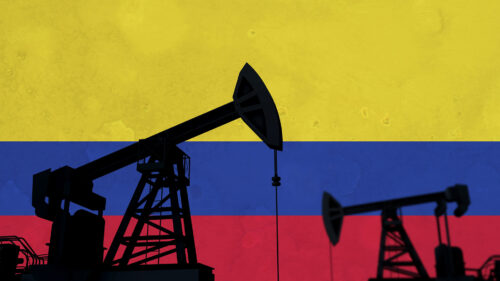
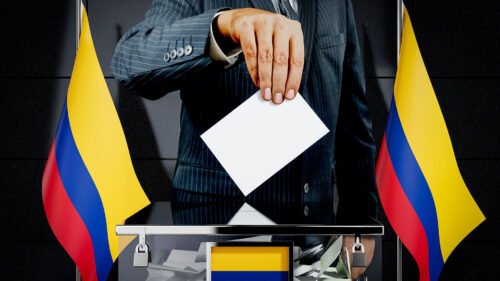

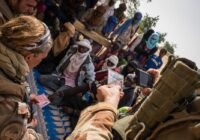
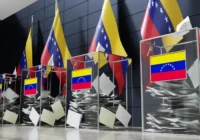
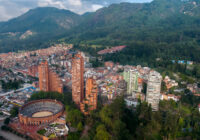


Comment